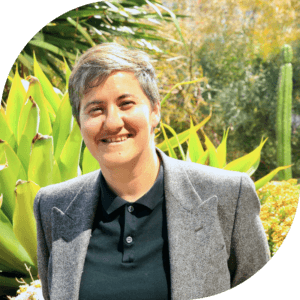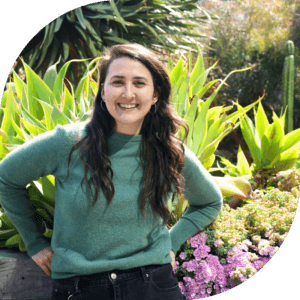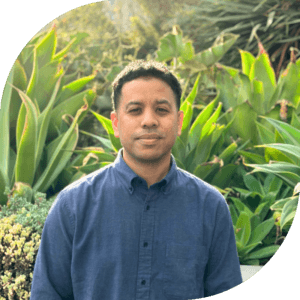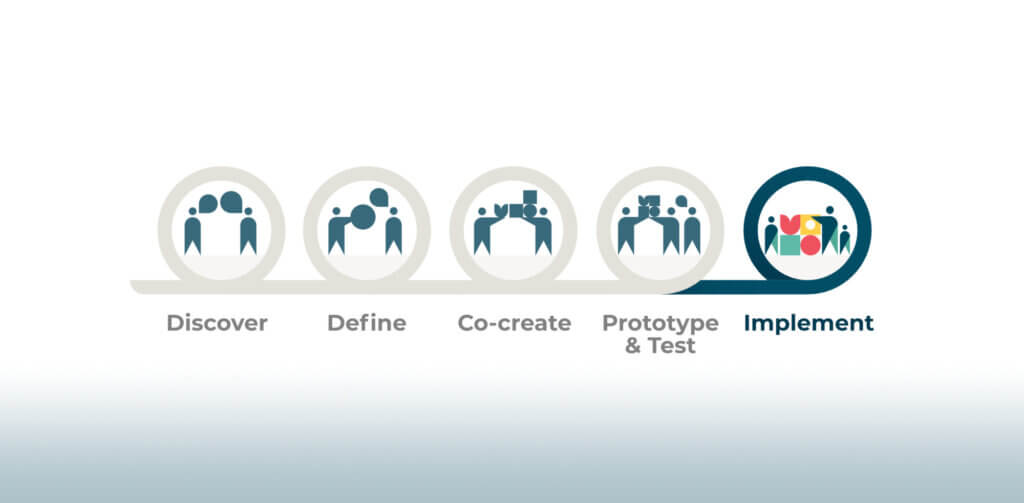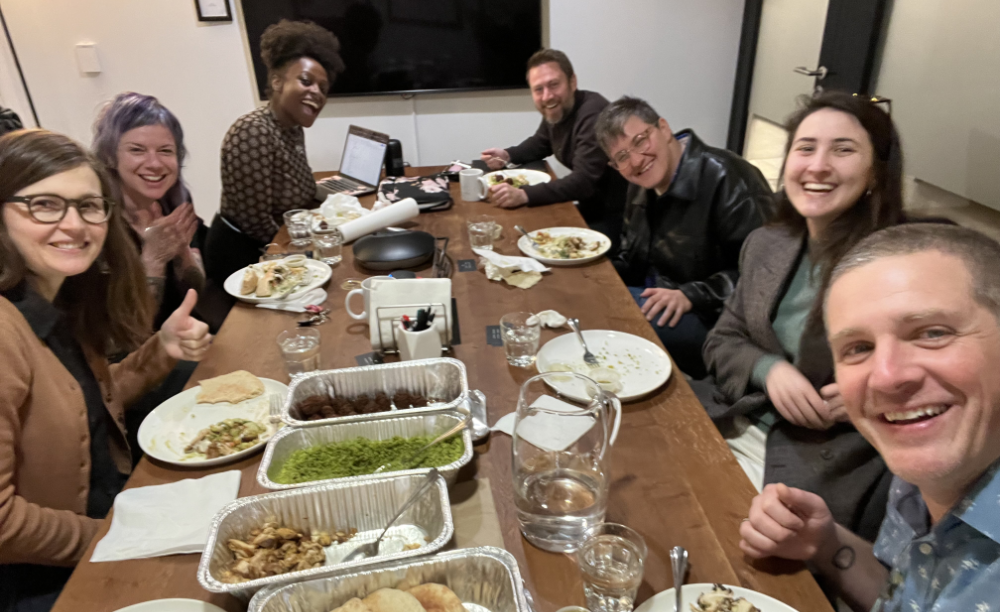2023 Year in Review
The People Behind the Process: Celebrating a Year with CivicMakers!

Every year, the CivicMakers Team takes a look at what projects (both internal and external), people, and partners furthered our mission of human-centered, collaborative problem-solving. This helps us chart a course for what we want to bring to life in 2024.
This year, we’re leading with our people behind the projects. Take a look at what made each member of the CivicMakers team proud, where they want to grow the practice, and what they hope to do more of in 2024.
The Team
To check out everyone’s bios, visit our team page
Cristelle Blackford (she/her), Managing Partner
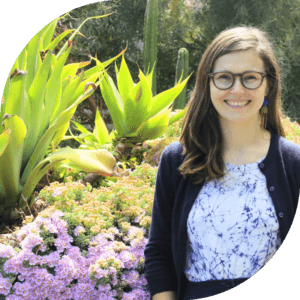
What made you proud?
- Santa Cruz Housing Element Update, Community Engagement – we brought vulnerable community members into the process of updating the County’s housing element through ongoing advisory group meetings that were intentionally designed to be accessible, multi-lingual, and inclusive.
- Alameda Strategic Plan – we led City Council and City staff through a deliberative process to create the city’s first ever citywide strategic plan with community input from diverse voices.
- Pleasanton Budget Engagement – we helped the City test out a new way to engage community in the city budgeting process through fun activities at the farmer’s market, library and online.
Where could we improve/grow?
- Continue to think 10 steps ahead when it comes to data analysis to make sure we are designing with the analysis and reporting in mind.
- Continue to refine our visual storytelling and data visualization skills, such as we did through the BayREN participant journey mapping project with Grounded Research.
- Continue to hold our clients accountable to their constituents, such as through thorough, gentle, and consistent reminders to share updates with stakeholders throughout the process and report back on how feedback is incorporated into end products (policies, plans, programs, designs, etc).
What work do you hope to do more of?
- Human-centered design trainings (Learning Labs) that integrate best practices in equity, accessibility, and inclusion.
- Design research with an equity-centered and trauma-informed lens that directly benefits our most vulnerable community members by resulting more more equitable environments, programs, policies and services.
- Stakeholder relationship-building, participatory research and co-design for climate justice with a focus on that uplifting underrepresented, climate-vulnerable voices.
Julian Gunter (he/him), Operations Associate
 What made you proud?
What made you proud?
- The Design Research and Human Centered Design process. I truly find passion and interest in the direction our team is taking in HCD and Design Research. Learning about how people are the building blocks of any organization or system, and how we can make the individual the focus of impactful creation and organizational improvement.
Where could we improve/grow?
- I hope we continue to grow as a team in Human-Centered Design. The compassion and energy that our team possesses truly connects with our clients and this allows us to gain a lot of insight into both potential successes as well as sticking points. As we grow and learn more about HCD we can better implement and use this information to create and design better solutions for the organizations we partner with.
What work do you hope to do more of?
- I hope to continue building out our internal systems and processes that will allow our team to maximize their impact on projects. I also hope that my work with our internal tools will open doors for our team to attack more challenging and diverse projects.
Eva Mas (they/them), Assistant Project Manager & Sr Associate, Community Engagement
What made you proud?
- I am proud of our work on the Santa Cruz Housing Element. CivicMakers put together a Stakeholder Group and a Community Panel with 15-20 members on each. These were instrumental in providing local knowledge and lived experience to inform the update, while also helping to meet the State’s robust engagement requirement for the 6th Cycle Housing Element.
CivicMakers also led the organization and facilitation of two community workshops (one in person and one virtual), and one in-person community open house that were open to the general public. All engagements provided the opportunity for the public to weigh in on housing needs and barriers, sustainability, fair housing, programs and policies, and what kind of housing to build, and where.
What work do you hope to do more of?
- CivicMakers Team members are all passionate about Climate Justice. This is an area of work that, unfortunately, will only grow. Facilitating, co-designing the future of how we navigate climate change, with the communities it most impacts would be a great place to focus our skills.
Leah Tremblay-Adams (she/her), Principal Design Researcher
What made you proud?
- JFF Workforce Communities of Action – It’s been rewarding to hear the progress communities have been able to make during the program. One community mentioned that the program helped them bring partners to the table that they couldn’t before, while another said they pivoted from being solution-first to human-centered as a result of conversations with different stakeholders.
- Having an internal strategic priority to develop a ResearchOps function at CivicMakers has helped to formalize our work in this space. It’s a great opportunity to build meaningful resources for our team – and also resources that we can share with others!
Where could we improve/grow?
- I’m excited about the growth of our Strategic Planning services, and how we approach this work at different scales. We’ve helped apply this work to departments and cities, and we’ve started work in LA to apply this at a broader system layer in workforce. I’d love to keep improving our approaches to ensure that strategic plans can be a vehicle for cross-system collaboration and accountability.
- Growing our skillsets around accessible online materials. We’ve grown in designing and facilitating more accessible meetings (in person and virtual), and we look forward to broadening that to more of our resources and data storytelling.
What work do you hope to do more of?
- Across numerous projects, we’ve heard folks from municipalities and CBOs mention challenges of turnover or high vacancy rates. I’d love for our workforce related work to be able to dig into some of those challenges and find ways we can bring some relief to our peers that have been wearing multiple hats for a while and making improvements for their community despite being short-staffed.
Brittany Henry (she/her), Operations Manager & Project Manager of Design Strategy
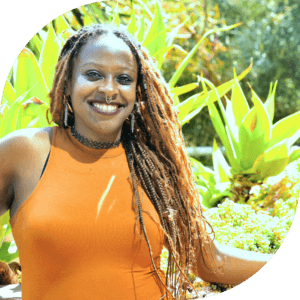
What made you proud?
- ETP – Application Process Evaluation. I was honored to lead an internal ‘design team’ made up of a cross section of employees from the Employment Training Panel in a year-long journey to learn and apply human-centered design to an organization-wide project. The end product was a human-centered implementation plan that is moving forward with internal staff taking the lead.
- Alameda Strategic Plan – Community Engagement Project. The City of Alameda partnered with our team to conduct some really thoughtful community engagement in the development of their strategic plan. I enjoyed being able to interface with a diverse set of community members to better understand their needs.
- Berkeley Public Library – All-Staff Day. I had the opportunity to design and facilitate an all-staff day with the great folks at Berkeley Public Library that blended both learning about human-centered approaches, such as customer touchpoint mapping, along with fun and engaging team building activities.
Where could we improve/grow?
- Would love to continue growing our implementation support tools. Along with our other Design Doing tools (ideation practices, prototyping and testing practices). We are also excited about some upcoming projects that integrate diversity, accessibility, inclusion, belonging and trauma-informed approaches. These are areas that we are focusing a lot of intention around improving and growing.
What work do you hope to do more of?
- I hope to do more design around implementation efforts; not just your standard project management around that process, but actually helping our clients to design a sound implementation timeline, and supporting them through that timeline. This would be similar to what we did with ETP, either by helping our clients design and create the tools that they will need, or working beside them throughout that timeline.
- I also would love to see us support more of our clients with developing their own Design Principles within their organizations. That way, they can continue to nurture a culture of human-centered design in their organizations.
Kyle Wicks (he/him), Project Manager
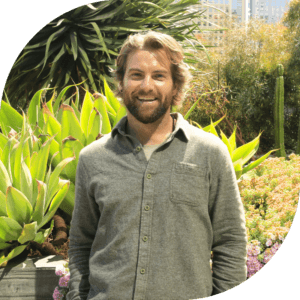
What made you proud?
- Broadly speaking, being part of an amazing team that gets to work with incredibly smart, ambitious, thoughtful, well-intentioned people to create positive change. All the projects we work on, that is the undertone, and that makes me proud.
Where could we improve/grow?
- Believe it or not, we too, are human. And modeling our own practices can be challenging amidst conducting the work. One area we highlight of our approach, is it’s just as much about the process than the product. We reflect and adapt well as individuals and a team, but enjoying the process, slowing down to take in all the elements, can be a hard practice to implement.
What work do you hope to do more of?
- Workforce Development! So much emphasis state and nationwide on how to build effective workforce systems. Workforce development is such a critical element of how individuals navigate society and opportunity. Playing a role, in partnership with key experts, is rewarding — and an HCD approach is essential in the space!
Chris Lezama (he/him), Design Researcher
What work do you hope to do more of?
- Two things come to mind. One is I’d like to level up as a design researcher; by that I mean I’d want to learn more about cool qualitative projects/methods (potentially trying them out). I’d also like to connect with other design researchers IRL to hear about some of those projects & methods firsthand.
- The second thing that comes to mind is finally adopting a dog. I’ve got some experience as a dog uncle recently and thinking that it might be a good year to become a dog parent myself.
Judi Brown (she/her), Managing Partner
What made you proud?
- Leading the Workforce Transformation Corps alongside a dear friend and “legend in workforce development,” Virginia Hamilton. The project placed five Fellows in workforce development boards across the state of California where they were immersed in change efforts within their organizations while learning human and equity-centered design from the CivicMakers team, Virginia and other experts in the field.
- I’m proud of the right-sized and realistic approach our team took to strategic planning last year, which was initiated during a Team Strategy Jam. We started the ‘jam’ by sharing what we love about the work before getting into the areas we want to improve. Our projects the past year and coming into 2024 include reworking our internal file structure after nearly nine years of documenting our work; re-organizing our People Policies to more fully fund the team’s healthcare, create flexible time off, and get smarter and more equitable about how we work together; and growing our design research practice, as indicated by hiring our first design researcher to work alongside Leah!
Where could we improve/grow?
- Much like many professional services organizations, we would benefit from learning about and better leveraging A.I. to continue to deliver high touch services for our clients while making more space for our team to learn, reflect and grow.
- We will continue to improve and grow both our internal work on equity, inclusion, access and belonging, as well as with our clients. As this is a practice that does not have an end game, our continuous learning around trauma-informed approaches to all of our work will always take thoughtful improvement.
What work do you hope to do more of?
- Human-centered implementation planning, such as with our clients at the Employment Training Panel, as it’s a powerful antidote to the shortcomings of design thinking in the public sector. Often, consultants and facilitators leave before the complex and admittedly less fun work of implementation happens. However, we have seen great impact with leading clients through implementing ideas that were generated through the design process.
- As always, immersive learning experiences, like with our Learning Labs and from the success of the Workforce Transformation Corps. I would love for us to explore gaining accreditation so that more practitioners across public administration can learn and apply human-centered design, while getting credit to do so.
